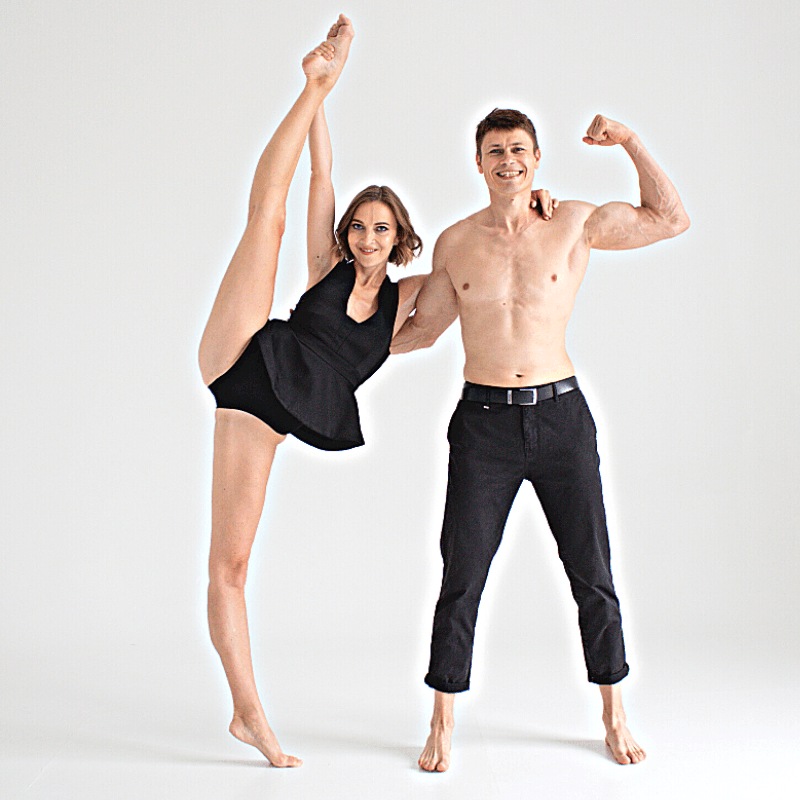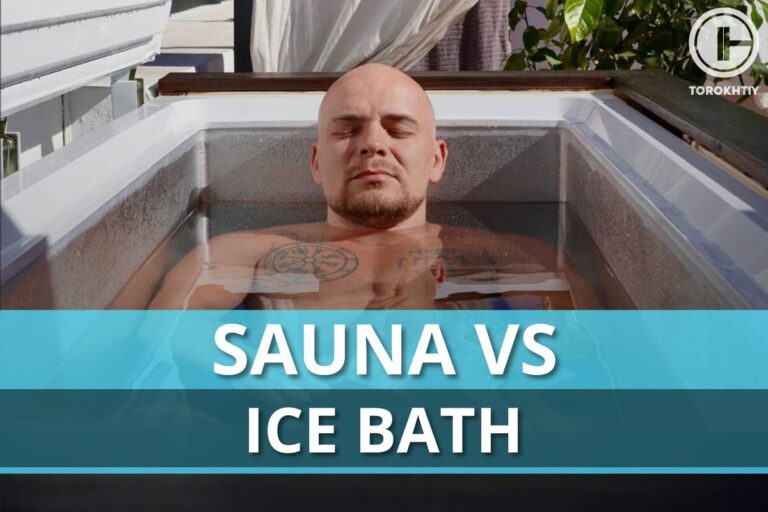Straddle Split: Tips from Cirque du Soleil Artist
Recently straddle splits became popular on social media, where you’d be challenged to do a straddle split and have a barbell roll over you. And the goal was for the barbell to roll over you without stopping. Or, in certain cases, the goal was for the barbell to stop, but we won’t get into that here. I don’t want to get demonetized.
So! Have you ever marveled at the graceful contortionists effortlessly gliding into a perfect split? It’s like witnessing a magical fusion of strength and flexibility.
As someone who has embarked on the journey of mastering this awe-inspiring pose, let me take you on a thrilling adventure of muscle stretches, graceful transitions, and newfound confidence. I’ll admit, I used to look at pictures of the straddle split, not understanding how it was even possible. I also never understood what the point of it is. You just do all this work to be able to spread your legs wide apart? Why?
Believe it or not, straddle splits come with surprising benefits. Not only does it look impressive, but it’s also actually good for you! So, buckle up, channel your inner Jean Claude Van Damme, or Chuck Norris, and let’s see how to do straddle splits properly!
A straddle split is a flexibility exercise in which a person sits on the ground with legs spread wide apart, aiming to touch the floor or achieve maximum flexibility in the groin and hamstring muscles.
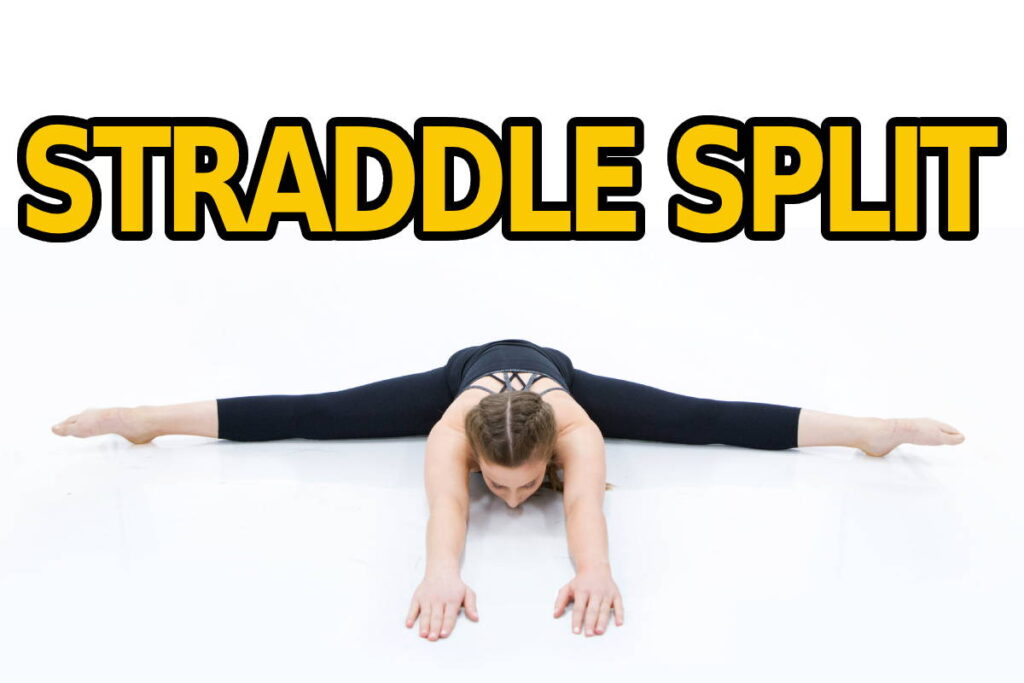
Why Are Straddle Splits Important for Your Happy (Healthy) Life?
Enhancing flexibility goes beyond party tricks; it has numerous advantages that contribute to your overall joy and wellness. Join me in delving into the transformative influence of straddle splits on your routine.
1. Elevated Flexibility
Straddle split stretches present an exceptional opportunity to augment flexibility, specifically in the groin, hips, and hamstrings. Heightened flexibility brings forth an extended range of motion, postural enhancements, and a decreased susceptibility to injuries during routine activities.
2. Increased Muscle Strength
Performing straddle splits engages and strengthens several muscle groups, including the inner thighs, quadriceps, and core. Strong muscles provide better support to the body, improving stability, balance, and overall strength.
3. Enhanced Blood Circulation
The wide-legged stretch of straddle splits encourages blood flow throughout the lower body. Improved circulation delivers oxygen and nutrients to the muscles and vital organs, promoting a healthier cardiovascular system.
4. Stress Relief and Relaxation
Engaging in straddle splits can serve as stress relief and relaxation. The stretching and deep breathing involved in this exercise help release tension, reduce anxiety, and promote a sense of calmness and well-being.
4. Increased Body Awareness
Straddle splits require concentration and mindful body positioning. Regular practice enhances body awareness, helping you develop a better connection with your physical self and fostering a sense of mindfulness in your daily life.
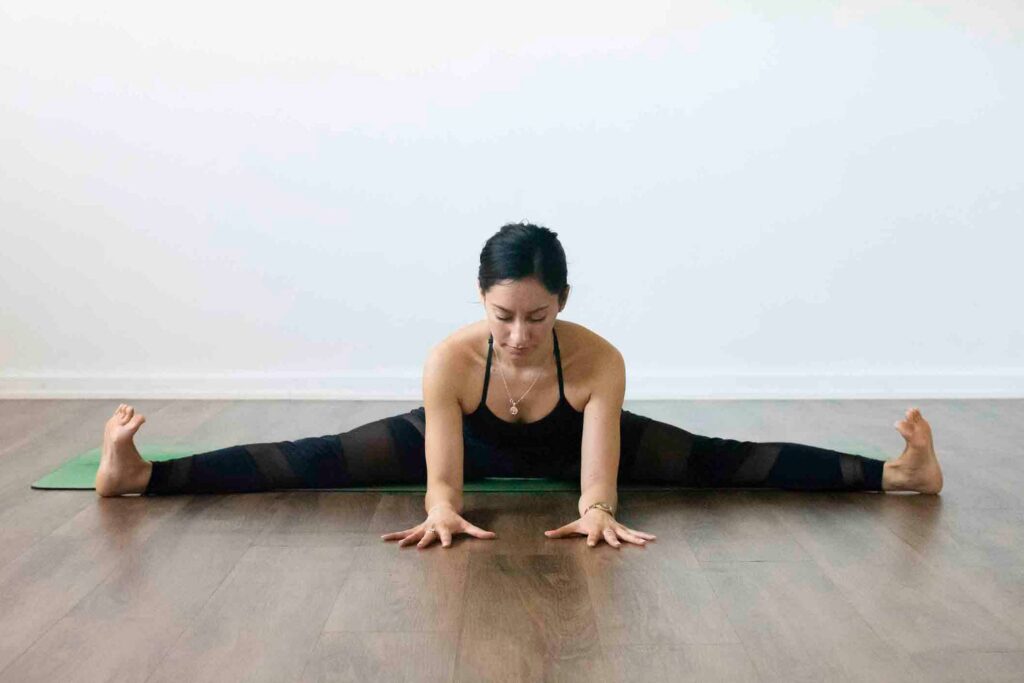
Progression of Straddle Splits
Mastering the straddle splits requires patience, practice, and a systematic approach. I’ll guide you through a step-by-step three-level progression that will help you gradually improve your flexibility and achieve impressive straddle splits.
1. Warm-Up and Dynamic Stretches
Start by warming up your body. Do some low-pace cardio warm-up exercises in order to raise your body temperature and prepare your muscles. Jogging or jumping jacks are fantastic prep choices for splits. Afterward, go onto more dynamic stretches such as hip circles or leg swings. This way, you’ll loosen up your muscles. This combination will improve your muscle performance and flexibility.
2. Seated Straddle Stretch
Assume a seated position on the floor, extending your legs wide apart. From the hips, lean forward while maintaining proper spinal alignment to bring your chest or forehead closer to the ground. Maintain the stretch for 30 seconds to 1 minute, gradually extending the time as your flexibility progresses.
3. Assisted Support with Blocks or Props
During the initial stages, I encountered difficulty reaching the ground, but I discovered that implementing yoga blocks or folded blankets as supportive aids was immensely beneficial. By placing these props beneath your hands as you lean forward, you can gradually reduce the distance to the ground, allowing for progressive improvement over time.
4. Butterfly Stretch
Assume a sitting posture on the ground, bringing the bottoms of your feet together and slowly and elegantly lowering your knees to the sides of your thighs. You may intensify the stretch in your groin and inner thighs by applying a little pressure on your palms. Keep your body in this posture for between 30 seconds and 1 minute.
5. Dynamic Straddle Stretch
While sitting in the straddle split position, you should move your legs like a soft bouncing action. This dynamic exercise helps encourage incremental gains in a person’s flexibility and range of motion. This task takes me anywhere from 30 seconds to 1 minute on average.
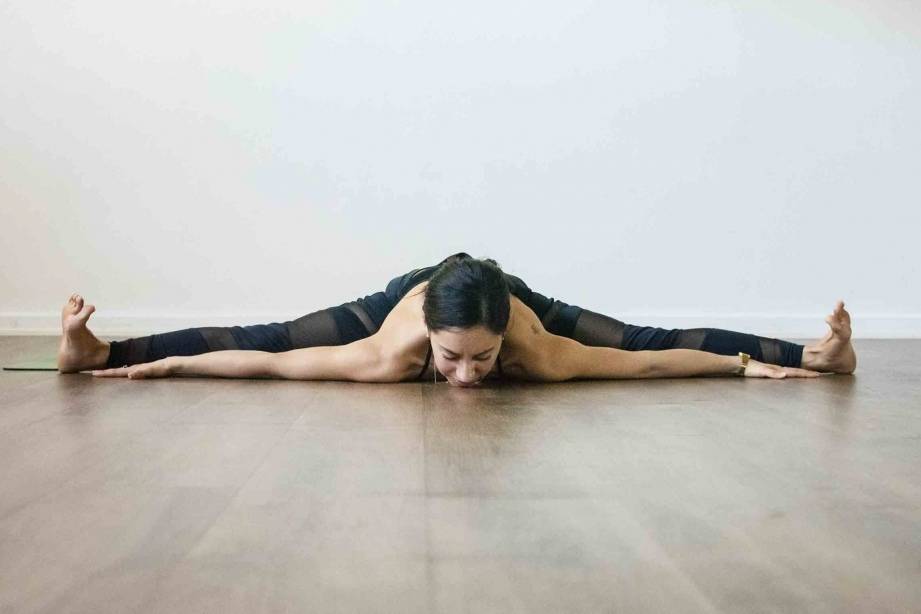
6. Consistent Practice
Consistency is vital to progress in straddle splits. I practiced at least three to four times weekly and, over time, noticed steady improvements. I improved my flexibility and was able to achieve deeper straddle splits.
Straddle split progression varies from person to person, so be patient with yourself and listen to your body. Celebrate each slight improvement along the way, and soon enough, you’ll find yourself gracefully embracing the full expression of the straddle splits.
Keep in mind that consistency is vital. Making sure you commit to the idea and complete mental focus and motivation is the primary thing that will eventually get you there.
But ok! These are great general guidelines that will help you get to your end goal. But what about if you are inflexible or you’ve never been able to split? What do you do then? Is there something more specific, something more concise to follow? Yes. Yes, there is!
How to Do a Straddle Split if You Are a Beginner?
Suppose you’ve always had a tough time doing a split because you’re not flexible enough, but you really want to nail it. Going through heaps of tips and long guides might not be your thing, and you are looking for clear-cut steps on what you are supposed to do.
So, I’m planning to hand you a straightforward, step-by-step playbook. I’ll clue you in on the exercises you need to work on to inch you toward a perfect straddle split.

Keep to the actions shown in the image above, and you’ll notice your skills ramping up each time. Eventually, you’ll master a full-blown straddle split.
Remember that getting flexible isn’t an overnight thing, and it’s different for everybody. Staying on track is essential, so practice often but don’t overdo it to keep injuries at bay.
How Fast Can I Do Straddle Splits?
The journey to achieving straddle splits is personal, and the time it takes varies from individual to individual. However, you can expedite your progress with the right approach, dedication, and some helpful training equipment.
1. Gradual Progression
Do not rush the process. Instead, focus on gradual progression. Impatient as I am, I had a little trouble with this at the beginning, but not rushing is vital. Start with stretches that challenge your current flexibility level without causing pain or discomfort. As your range of motion improves, gradually increase the depth and intensity of the stretches.
2. Active Stretching
Incorporate actively stretching for straddle splits into your routine. Instead of solely relying on passive stretching (holding a static stretch), engage the muscles in your legs by contracting and relaxing them while performing the straddle stretch. In my experience, this method helped with increasing my range of motion and improving muscle control.
3. Proprioceptive Neuromuscular Facilitation (PNF)
Consider using PNF techniques to enhance flexibility. PNF, or contract-relax, involves stretching and contracting muscles to achieve more significant gains in range of motion. You can perform PNF stretches for straddle splits by contracting your inner thigh muscles for a few seconds before relaxing and deepening the stretch. Not only will this improve your range of motion, it will also improve your hip joint flexibility.
4. Training Equipment
Utilize training equipment designed to aid in straddle split progression. I found yoga blocks and foam blocks very helpful in supporting my hands as I gradually worked toward touching the ground. Also, a resistance band can gently assist in stretching your inner thighs and increase your flexibility over time.
5. Warm-Up and Cool-Down
Always warm up your muscles before stretching. Light cardio and dynamic stretches are my favorite warm-up techniques for straddle splits. After stretching, cool down with gentle static stretches to relax your muscles and prevent post-workout soreness.
Each person’s journey to straddle splits is unique, so be patient and enjoy the process. With consistent practice, proper techniques, and the support of training equipment, you’ll be amazed at how quickly your flexibility and straddle splits improve.
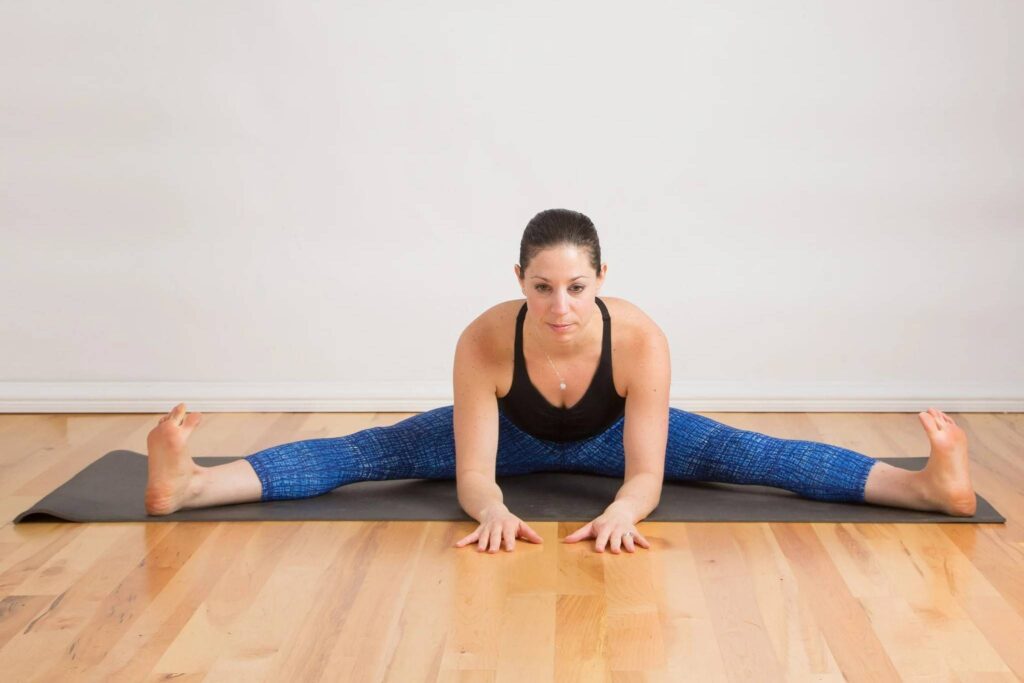
3 Secrets to Do Straddle Splits Safe
You didn’t think I was just going to give you a list of tips without sharing some of my personal secrets? Let me share a few extra little things that helped me achieve my first successful straddle split.
1. Engage Proper Alignment and Technique
Proper alignment and technique are crucial for safely performing straddle splits. Focus on keeping your spine straight and shoulders relaxed throughout the movement. Avoid rounding your back or hunching forward, as it can strain your lower back (I learned that the hard way!).
Engage your core muscles to support your body and distribute the stretch evenly. Listen to your body and adjust the positioning of your legs and feet to find a comfortable and safe range of motion for your flexibility.
2. Core and Hip Strengthening
Building strength in your core and hips is crucial for safe straddle splits. A strong core provides stability and support to your body while in the split position. Planks, twists and leg raises are my go-to exercises for this.
I also strongly advise including hip-strengthening exercises like clamshells, hip bridges, and squats to improve the stability and control of your hips during the splits.
3. Balancing Flexibility with Strength
While flexibility is essential for straddle splits, it’s equally important to balance it with strength. Overly flexible muscles without sufficient strength can lead to instability and vulnerability to injury.
Alongside stretching, incorporate strength training exercises that target the muscles involved in the splits, such as inner thighs, hamstrings, and hip flexors. This balance between flexibility and strength will provide a solid foundation for safe and controlled straddle splits.
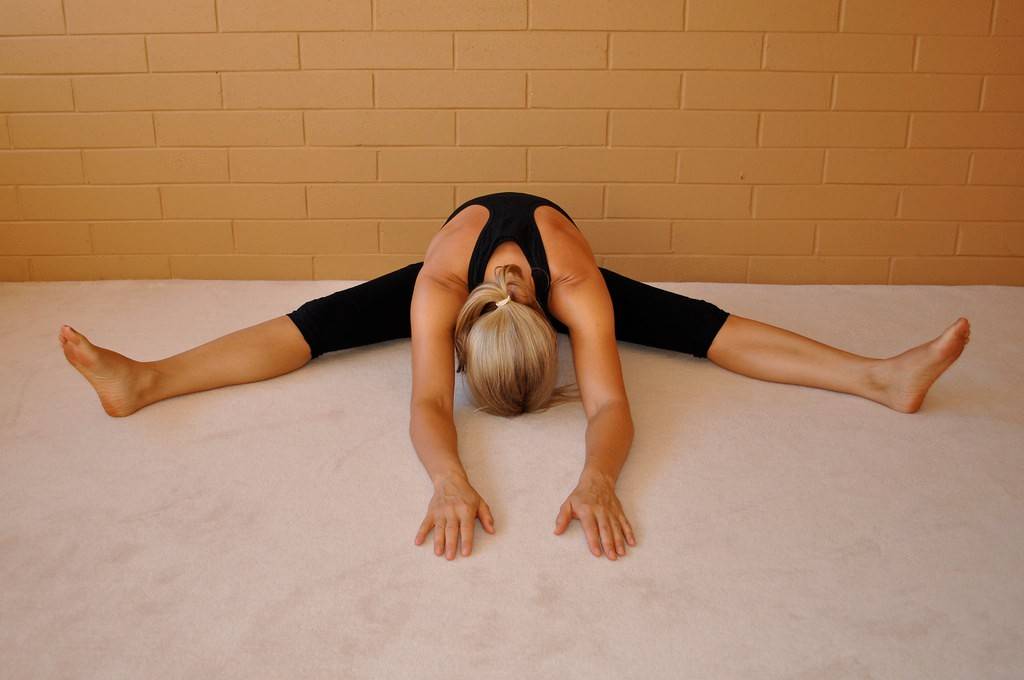
Equipment That Can Help Improve Your Straddle Splits
If I had never used any equipment to help me, I don’t think I would ever successfully make my first straddle split, so let me share my favorite pieces in hopes they’ll be helpful to you as well.
Let’s start with my favorite – yoga blocks. They offer support and help elevate the ground, allowing you to gradually work towards touching the floor. Using yoga blocks strategically under your hands can create a more accessible starting point and progressively decrease their height as your flexibility improves.
Next, we have foam rollers. They are excellent tools for self-myofascial release, targeting tight muscles and fascia. Incorporating foam roller exercises before and after your straddle splits practice can help release tension, increase blood flow, and improve muscle flexibility. Rolling them under my inner thighs, hamstrings, and glutes relieved tightness and enhanced my range of motion.
I also really liked resistance bands, although I did not use them as frequently as foam rollers and yoga blocks. Resistance bands helped me with both stretching and strengthening the muscles involved in straddle splits. Additionally, resistance bands can gently assist in stretching your legs wider.
Straddle Split vs Side Split
Despite initial similarities, notable dissimilarities do exist between the straddle split and the side split.
| Straddle Split | Side Split | |
| Definition | A form of split where one leg is extended to the front and the other to the back. Also known as a front split. | A form of split where both legs are extended to the sides. Also known as a box split. |
| Muscle Groups Involved | Primarily involves the hip flexors, hamstrings, and quads. | Primarily involves the inner thighs or adductors, hamstrings, and glutes. |
| Requirements | Good flexibility in the hip flexors and hamstrings. It’s essential to maintain a straight spine and engaged core. | Good flexibility in the inner thigh muscles, hip flexors, and hamstrings. The ability to keep hips squared and body upright is also required. |
| Benefits | Helps improve flexibility, balance, and core strength. Enhances hip mobility and posture. | Helps improve flexibility, especially in the inner thigh muscles, and core strength. Also enhances hip mobility. |
| Progression | Start with low lunges and gradually increase the distance between your feet while maintaining alignment and control. | Start with seated or standing straddle stretches and gradually increase the distance between your feet. |
| Risk of Injury | Risk of injury if not properly warmed up or if the body is forced into the split without sufficient flexibility. Overstretching can lead to injuries to the hamstrings or hip flexors. | Risk of injury if not properly warmed up or if the body is forced into the split without sufficient flexibility. Overstretching can lead to injuries to the inner thigh muscles or hip flexors. |
| Applications | Commonly used in gymnastics, ballet, yoga, and martial arts. | Commonly used in gymnastics, dance, yoga, martial arts, and cheerleading. |
🔻21-DAY SPLIT CHALLENGE
Unleash your flexibility potential with our progressive 21-day training program.
This program will help you to:
- ✅ Achieve a Perfect Split
✅ Boost Hip Mobility
✅ Sculpt Aesthetic and Sexy Legs
✅ Banish Stiffness
✅ Enhance Mental Confidence
☀️ Specially designed for you by a Cirque du Soleil artist, use it!
FAQ
Can Everyone Do a Straddle Split?
Not everyone can do a straddle split naturally due to differences in individual flexibility and anatomy. However, with proper training, patience, and consistent practice, many people can gradually improve their flexibility and work towards achieving a straddle split.
What Is the Disadvantage of a Straddle?
One potential disadvantage of a straddle split is the risk of overstretching or injuring the inner thigh muscles (adductors) if you do not follow proper warm-up, technique, and gradual progression.
Conclusion
Embarking on exploring straddle splits can be a gratifying and enriching voyage. These splits provide a range of advantages, including improved flexibility, strengthened core muscles, and the exhilaration of attaining new levels of mobility.
Nonetheless, it is vital to approach this endeavor with patience, correct technique, and a dedicated focus on personal advancement.
Always heed your body’s signals, engage in proper warm-up routines, and incrementally escalate the intensity and duration of your training. Striking a balance between pushing yourself and honoring your body’s boundaries is indispensable for averting injuries and upholding a sustainable practice.
Are you prepared to commence your journey into the realm of straddle splits? Are you able to do straddle splits already? Who is your favorite straddle splitter: Van Damme, Chuck Norris, or Johnny Cage? All those critical questions and more – I eagerly anticipate hearing about your personal encounters with this practice. Please share your valuable tips, insights, and experiences in the comments section below. Let’s make sure we continue this engaging conversation!
Also read:
- How to Do a Handstand
- How to Hold a Handstand Longer
- Handstand Benefits
- Can Anyone Do the Splits
- How to Do the Middle Splits
- Stretch Exercise for Splits
References:
- Why it’s important to cool down after exercise, according to the science // LiveScience: https://www.livescience.com/why-its-important-to-cool-down-after-exercise-according-to-the-science
- Improvement of muscle flexibility // NCBI: https://pubmed.ncbi.nlm.nih.gov/4025678/
- The relationship between isometric contraction durations during hold-relax stretching and improvement of hamstring flexibility // NCBI: https://pubmed.ncbi.nlm.nih.gov/15756164/
- Acute effects of passive vs. active warm-up associated with stretching on flexibility and neuromuscular function of hamstring muscles in physically active individuals // ResearchGate: https://www.researchgate.net/publication/371145170
Why Trust Us?
With over 20 years in Olympic Weightlifting, our team does its best to provide the audience with ultimate support and meet the needs and requirements of advanced athletes and professional lifters, as well as people who strive to open new opportunities and develop their physical capabilities with us.
By trusting the recommendations of our certified experts in coaching, nutrition, dietology, and sports training programming, as well as scientific consultants, and physiotherapists, we provide you with thorough, well-considered, and scientifically proven content. All the information given in the articles concerning workout programming, separate exercises, and athletic performance, in general, is based on verified data. We ensure that you can rely on our professionals’ pieces of advice and recommendations that can be treated as personalized ones which will benefit you and fully meet your needs.
The product testing process is described in more detail here
Author: Oleksiy Kononov
Former Cirque Du Soleil Artist
Ukrainian Gymnast
More than 25 years ago Oleksiy started his sports career. He major in gymnastics which is definitely not an easy sport to go in for!
To become an athletic champion (in Ukraine, for instance, we mean here the title of “Master of Sports”) in gymnastics, one needs to spend at least 10 years and start training no later than being six years old. As for Oleksiy, he has fulfilled all the criteria.
During this period of time, definitely not short, he managed to become:
- Master of Sports, Champion of the State and International Tournaments;
- Member of the national team of Ukraine, having a perfect opportunity to train the best team ever!
- Part of Cirque Du Soleil team (as an artist).

